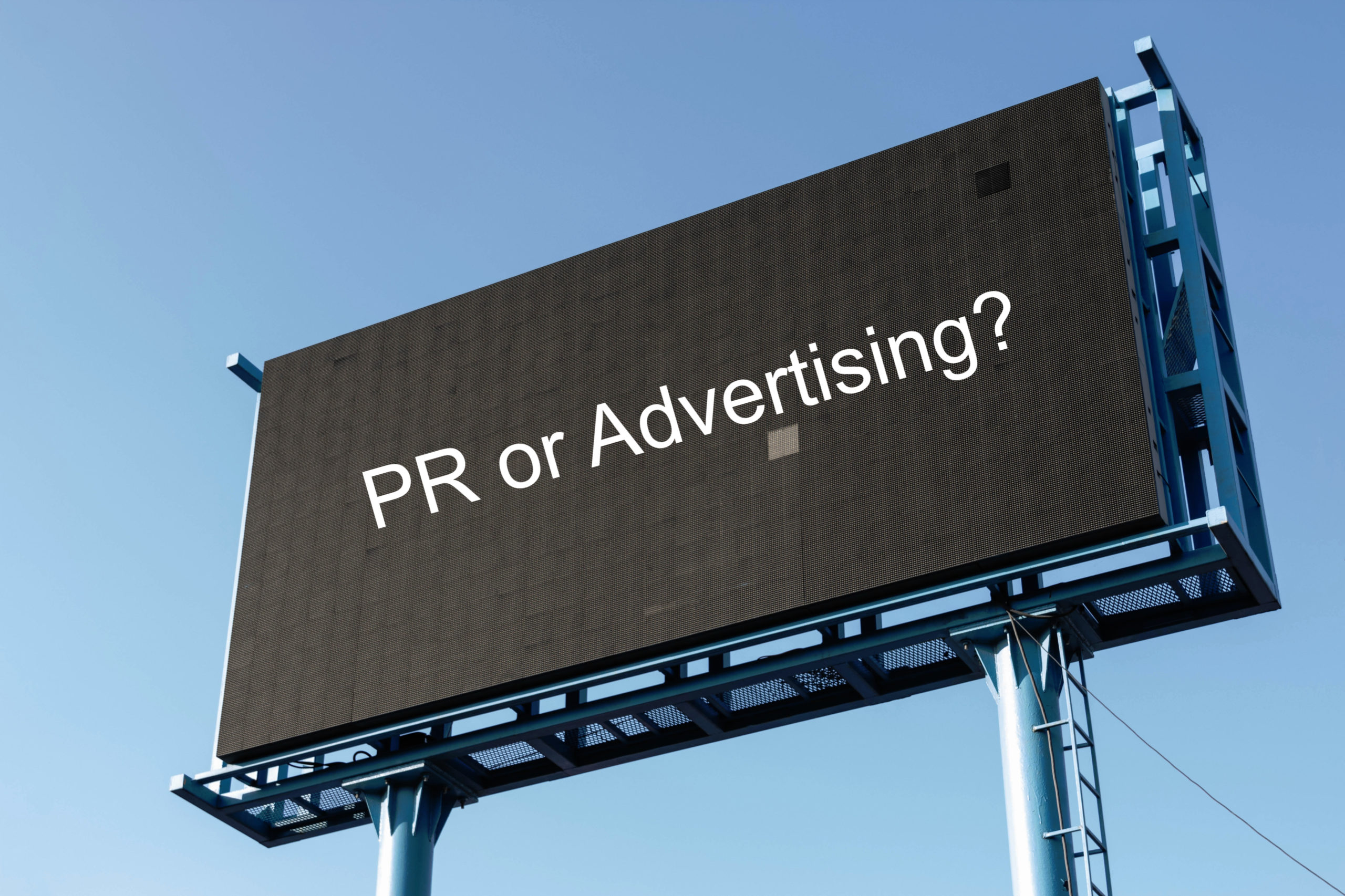PR, advertising, and marketing should be working together as well-oiled gears in a powerful machine that propels a brand toward success. While it shouldn’t be a contest, it’s worth noting that in some instances, public relations can yield a greater return on investment. Especially in the B2B tech sector, PR programs are essential to gaining competitive advantage in a crowded marketplace.
PR can shine in B2B tech
PR confers third-party endorsement
Many B2B companies engage in lengthy sales cycles where customers make a large commitment of capital – and faith. Ads alone may not inspire the confidence a customer needs to make an important decision. Customers who read or hear about an amazing enterprise software company in analyst reports, recommendations from third-party influencers, white papers, executive bylines, and in tech news outlets have gain a degree of trust that an ad campaign can’t provide.
For smaller firms, PR can reduce marketing spend
If you’re a scrappy startup or an early stage tech company, you may not have the capital for massive advertising budgets. By supplementing advertising with a PR campaign, a brand can earn visibility that attracts leads. Ads pop up and disappear, while blog posts, news articles, and white papers stay searchable for months ie even years. The longer life span of PR content and the snowball effect of earned media and can lead to great ROI for smaller B2B companies.
B2B decision-makers rely on research
And that research comes from PR content. Both profitability and reputation ride on the decisions of B2B buyers. In 2017, Forbes reported: “Most B2B buyers say they rely heavily on white papers (82%), webinars (78%), and case studies (73%) to make purchasing decisions. Close behind are e-books (67%), infographics (66%), and blog posts (66%).” In a 2018 study by TrustRadius, 75% of respondents said they used info from third-party sources (analyst reports, independent media news, and consultants) to make their decisions. Business buyers prefer hard, unbiased data over sales pitches and marketing collateral. When it comes to differentiating yourself from the pack, these PR can surpass advertising.
PR offers more bang for the content buck
In many ways B2B PR is a more efficient engine of promotion. The life span and versatility of PR content allows it to do more work with less effort. For example, a research study conducted by the PR team can be used and reused in many different formats, like white papers, blog posts, and earned media coverage. An executive’s participation in a trade show panel can yield video, media coverage, blog posts, and social media engagement. Plus, earned and owned content can boost SEO over the long haul, driving more leads in your direction.
PR offers credibility
Credibility begets trust. In today’s growing atmosphere of skepticism, trust is a priceless commodity. The fundamental power of PR bears repeating: impartial third-party endorsements outshine the tooting of one’s own advertorial horn. Sound marketing and advertising can be a good start in building credibility, but a well-conceived PR plan builds the type of reputational value that lasts. And solid reputation management creates a litany of benefits. A good reputation is social currency that can diminish the effects of a crisis event, assist in attracting the finest talent, and inspire the team.
MDG Advertising reported that 70 percent of internet users want to learn about products through content versus traditional advertisements. People don’t want the hard sell. Plus, advertising is usually a one-way communication. In this era of two-way communications, public relations is a better tool for engagement with stakeholders. If you’re in it for the long haul, it is unwise to neglect the PR part of the equation. If your marketing, advertising, and PR teams are collaborating in accordance with the brand’s business goals, your company is setting itself up for sustained growth.

